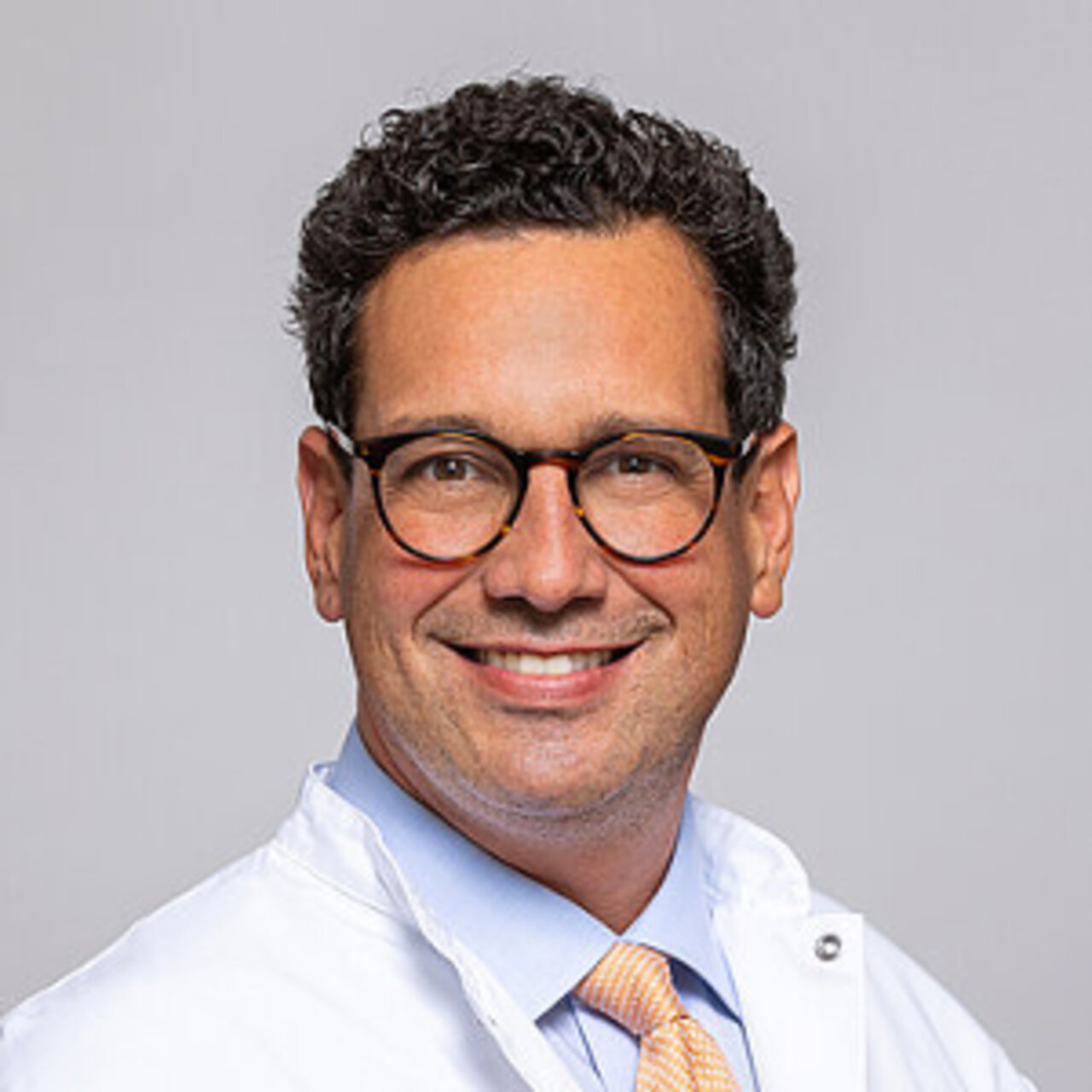Specialists in Hip arthroscopy
7 Specialists found
Information About the Field of Hip arthroscopy
What is a hip arthroscopy?
A hip arthroscopy is a minimally invasive procedure on the hip joint, which is often referred to as keyhole surgery. Access to the surgical field is achieved through small skin incisions rather than an open approach in conventional surgery. The surgeon can insert specialized instruments such as cameras into the body through these small incisions using tiny tubes, to examine the hip joint.
What is the procedure of a hip arthroscopy?
A hip arthroscopy can be performed either under general anesthesia or spinal anesthesia, where sensation and motor function in the surgical area are blocked by a local anesthetic injected near the spinal cord.
The patient typically lies on their back or side during the procedure. In some cases, the joint space is distracted to extend the hip joint gap, to allow better visualization. A small incision near the joint is made initially, through which a thin probe with a camera is inserted. The interior of the joint is visualized with this camera. Live images can be projected directly onto a monitor.
Depending on the reason for the arthroscopy, the camera can be removed immediately, and the incision closed, if the procedure is purely diagnostic with no pathological findings during the examination. However, if any pathology is detected, such as cartilage damage, it can be treated directly during the procedure. In such cases, additional small incisions are made to insert specialized instruments, before repairing the damaged area under arthroscopic visualization.
When is a hip arthroscopy useful?
The indications for a hip arthroscopy are continuously expanding. It can be diagnostically indicated in cases of persistent pain of the hip joint after non-invasive diagnostic tools have failed to provide conclusive findings.
Furthermore, various joint diseases can be treated arthroscopically, particularly in their early stages. These include:
- Cartilage disorders, such as labral tears
- Impingement syndrome with a narrowing of the joint space
- Inflammation
- Arthrosis
- Loose bodies within the joint
- Ligament injuries
- Exposed joint surfaces, in which cases minimally invasive cartilage transplantation can be an option
Particularly for young patients and individuals with high physical demand, hip arthroscopy offers a good alternative to conventional open surgery as it minimizes joint trauma.
The cost of the treatment depends on the type, extent, duration of the procedure, the type of anesthesia used, and the length of the hospital stay. As such, the total cost is highly variable. In the presence of a valid medical indication, the costs of hip arthroscopy are generally covered by both statutory and private health insurances.
What advantages and disadvantages are there?
The advantages are clear: reduced strain on the body, smaller scars, a shorter recovery period, and a shorter surgical duration. Particularly athletically active individuals benefit from this procedure. Small incisions result in significantly less trauma to peripheral soft tissue, allowing faster recovery and an earlier return to physical activity. Although postoperative recovery is still necessary, it is markedly shorter than after open surgery. Moreover, due to the small size of the scars and favorable healing, this approach also offers cosmetic advantages.
Nevertheless, hip arthroscopy is still a surgical intervention. As with any surgical procedure, complications may occur during or after the surgery. These include impaired wound healing, hematomas, infections, injuries to blood vessels, nerves, and surrounding tissue. However, these risks are generally considered low during minimally invasive procedures.
What happens after a hip arthroscopy?
The aftercare following an arthroscopy depends on the patient’s age and general health, as well as the type and extent of the surgery. In most cases, this procedure requires a very short hospital stay. In some cases, it may even be performed as an outpatient procedure.
Temporary offloading of the operated leg is usually necessary following hip arthroscopy. If the arthroscopic intervention is more extensive, walking aids may be prescribed to reduce joint strain. Gradual introduction of weight-bearing typically begins immediately after the surgery, particularly in physically active patients, ideally under physiotherapeutic supervision. Physiotherapy focuses on coordination, mobility, and muscle strengthening exercises. Until full weight-bearing is restored, prophylaxis against thrombosis is recommended, typically with anticoagulant injections.
In general, full weight-bearing including resumption of sports activities is possible after approximately four weeks.
What physicians and clinics are specialists in hip arthroscopy?
Hip arthroscopy is considered to be a complex surgical procedure due to the anatomical complexity of the hip as a ball-and-socket joint and should only be performed by experienced specialists. These include board-certified orthopedic surgeons in private practice, at hospitals or specialized medical centers. For example, hip centers perform a high number of hip arthroscopies annually, which implies a high level of expertise and experience, thereby ensuring safety and treatment quality.



![[Translate to English:] Prof. Dieckmann und Dr. Ercan - Portrait [Translate to English:] Prof. Dieckmann und Dr. Ercan - Portrait](/fileadmin/_processed_/3/6/csm_Prof-Dieckmann-Dr-Ercan-Portrait_V2_f0f0f4c8f6.jpg)



